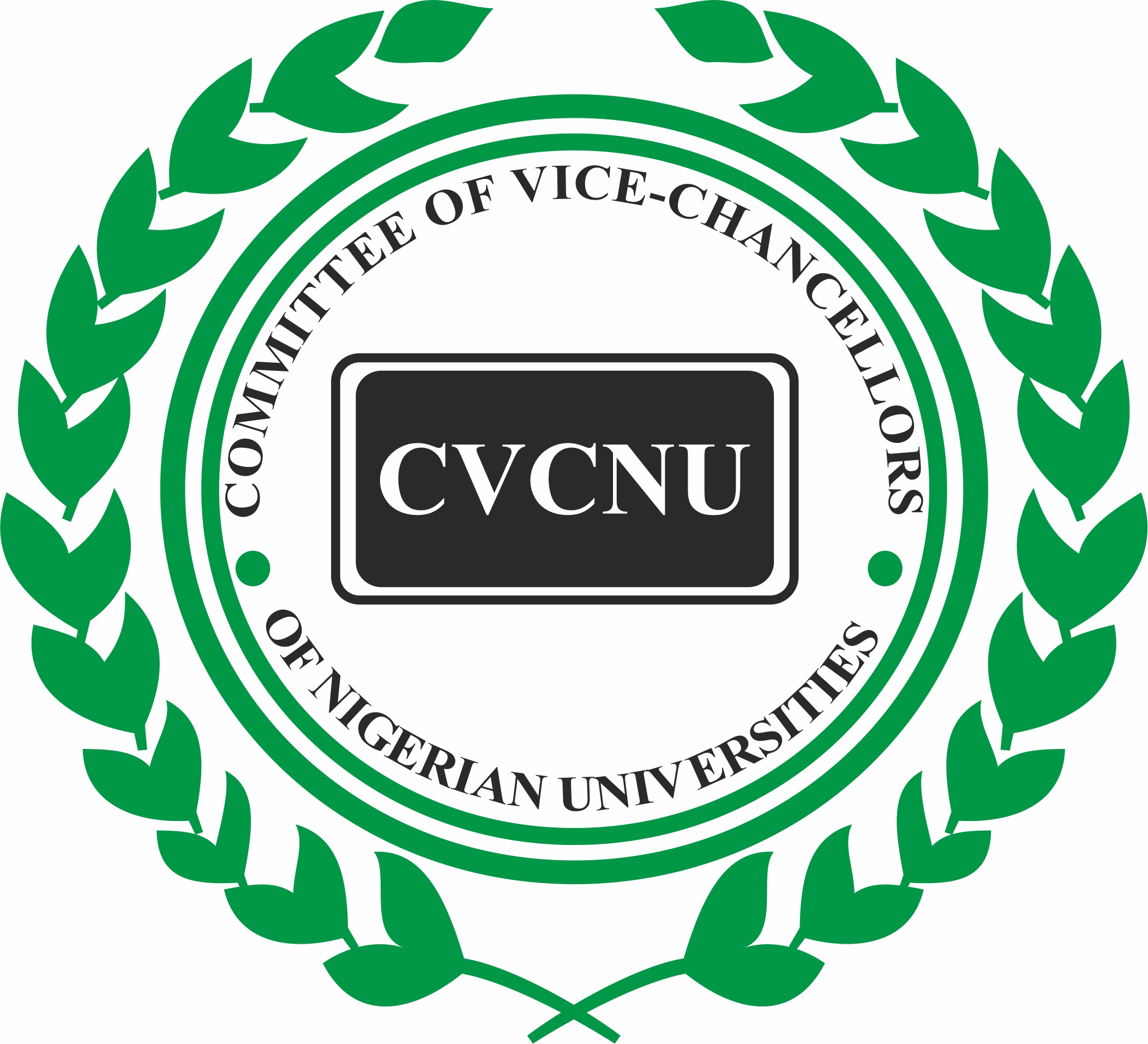Nigeria Records Breakthrough In Sickle Cell Treatment
Hope came the way of sickle cell patients weekend when the management of the University of Benin Teaching Hospital (UBTH) completely drained infected red blood cells from a 27-year-old patient and replaced it with un-infected ones.
Announcing the feat to journalists in a press conference, the chief medical director (CMD) of the hospital, Professor Michael Ibadin, said the success was achieved through a collaboration with the University of Basel Switzerland which provided the technical support and the machine identified as cobe spectra which would drain the blood through one arm and replace it through the other arm at the same time.
Prof Ibadin explained: “The same department that championed the breakthrough in the stem cell transplant some two years ago is again in the news and we need them to share it with the members of the public. As adults, we have about six litres of blood in us, then that blood is divided into two; a part is liquid and the other parts are cells. These cells are of different types, some are red, some are white, while some are in other colours.
“The red blood cells are the ones that make blood red. For sicklers, the problem is located in the red blood cells, especially some of them who survive long enough, they may have major challenges and these challenges will have to do with the fact that they can have stroke, then some of them can affect the brain. Other parts of the body may also suffer but what we have achieved here is total replacement of the entire red blood cells in an individual who is alive and replace them completely with another type of cell.”
Head of the team, Dr Nasakhase Bazuaye, who had undergone a one-year training in Switzerland, said Nigeria had the highest number of sickle cell carriers in the world, with about three per cent of Nigerians suffering from the condition.
He said: “What we do is to remove the entire blood from the body through one hand arm and put in fresh blood from the other arm. When we do this total red cell exchange, we remove the blood and it is replaced. The machine is such that it doesn’t cause much discomfort, as it is taking away blood from one side and replacing it immediately from the other side. It can also be done for children without harm. We have successfully performed the first one for a 27-year-old patient who is a friend of the department: he is a Master’s degree students in one of the universities and we feel he is also very important in pioneering this feat. He had severe crisis; we removed almost five litres of blood from him and replaced them an equivalent amount.
“It has stopped his pains and crisis and that will relieve him for a long time. In Europe, some people do it twice a year,” he added. On the cost, Bazuaye said it was mainly for the blood used, but that if there were enough donors, the patient would not pay much.
